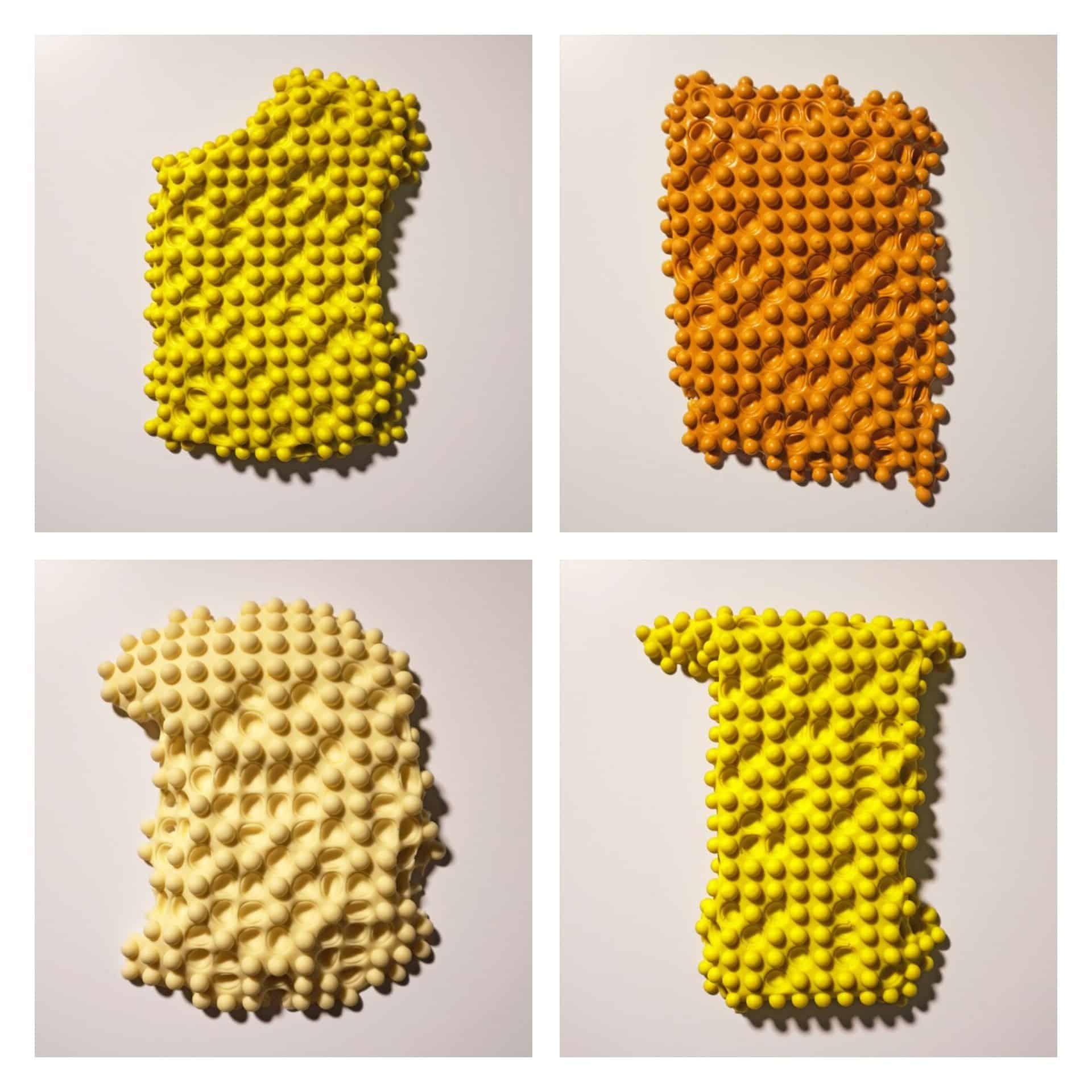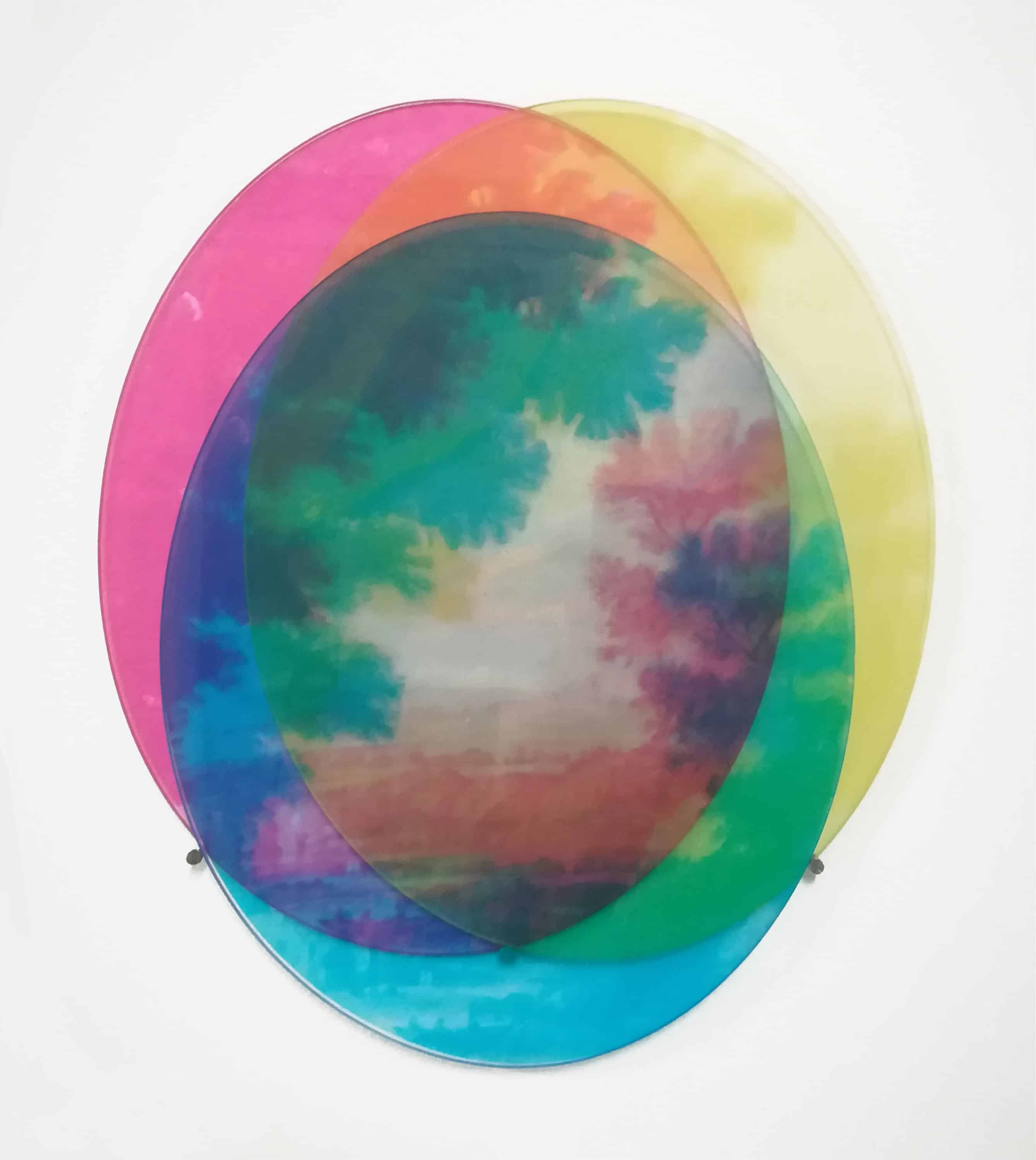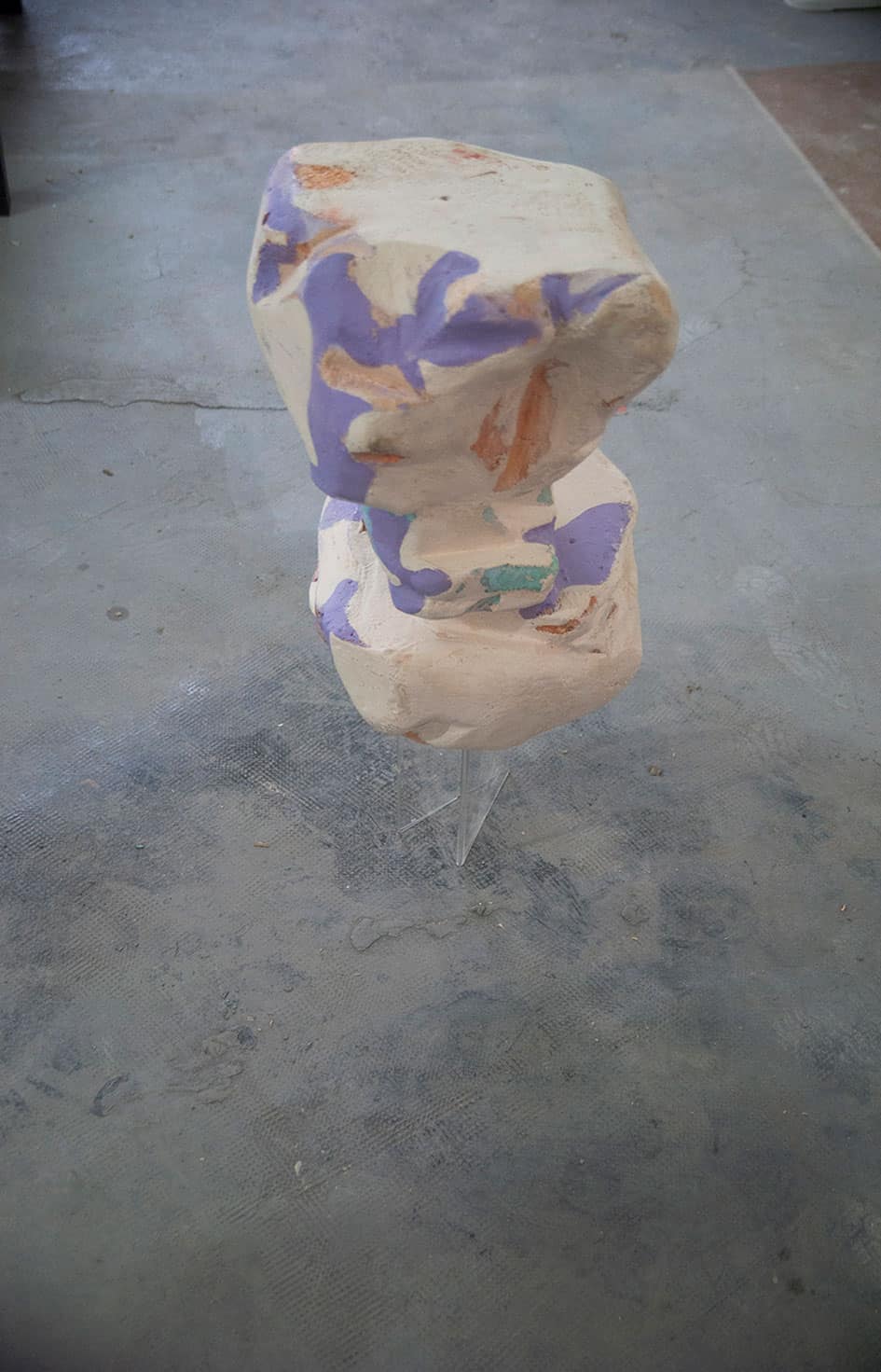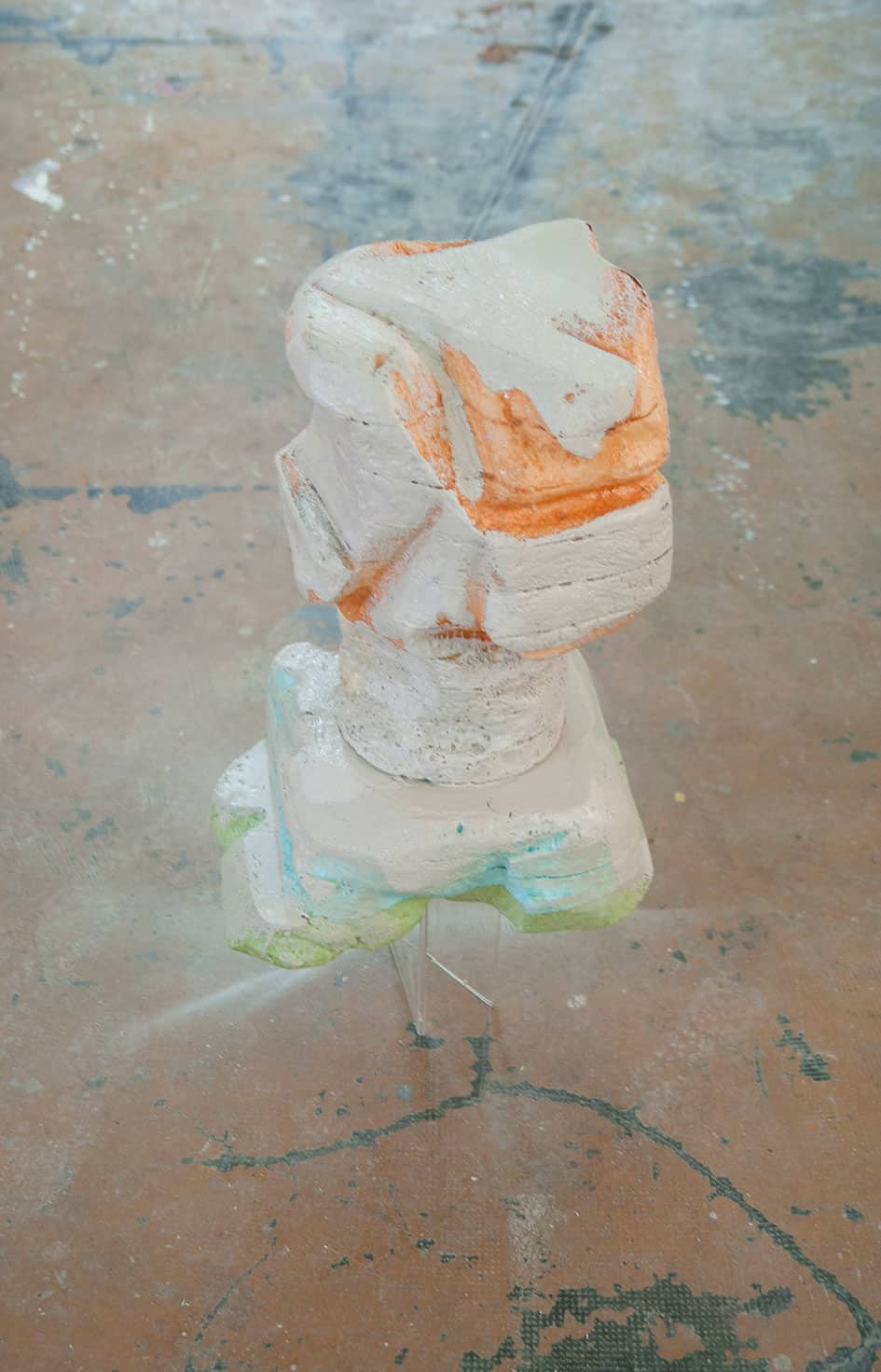Croatian-based curator and art historian Branka Benčić talks about her upcoming exhibition “Six Memos” which will open to the public on the 23rd November at the Labirynt Gallery in Lublin.

Yane Calovski – Compressed minimum
Adrian Przywara: The title of the exhibition ‘SIX MEMOS’ refers to the lectures by Italo Calvino, which he was supposed to deliver at the Harvard University in 1985. His sudden death meant that he did not have the chance to share his ideas with the audience. However, Calvino’s manuscripts have survived. Five essays published posthumously are titled: Lightness, Quickness, Exactitude, Visibility, and Multiplicity. Calvino did not manage to write the sixth one entitled Consistency. Can we say that artists invited to take part in the SIX MEMOS exhibition, are using their language of visual arts to give expression to what these six concepts, and in particular the missing one, could mean today?
Branka Benčić: That was the general idea behind the exhibition proposal, some sort of reality check. The exhibition Six Memos builds around the legacy of Calvino’s „American lectures“ and represent conceptual trajectories in order to point out or help us see and understand the continuing transformations of the world Calvino may have anticipated. The exhibition is conceived as a loose imaginary subjective space where ideas, concepts, feelings underlining quickness, lightness, multiplicity… are resonating in the background of works of exhibiting artists. Moments of poetic experience, such as poetic images, are not strictly limited to literary genres but can be materialised in all kinds of texts. A text can inspire the activity, guaranteeing it an “expanded reproduction”.

Pranas Griušys – The President’s new clothes
A.P.: The six concepts that Calvino describes as universal values were meant to help to understand the process of constant transformation of the modern world, is that right?
B.B.: It is about looking forward and looking back to a common heritage, imagination, culture, civilisation. How to place values from the past in the present, and project them into the future? Believing in the utopian potential of art, seeing if those “memos” or proposals are relevant today, well into the new millennium Calvino didn’t live to see. Going from current or urgent issues such as borders or ecology, to the universal, the poetic realm, fragility of memory or existence. The exhibition ends up not with six proposals – but with almost 20, as much as there are artistic positions. And although the English translation of the book is „six memos“, I like to use the word proposal – from the original Italian subtitle – sei proposte (six proposals).
Esther Gatón – Three manners of Sitting
Esther Gatón – Three manners of Sitting
A.P.: My impression is that the exhibition touches not only the universal values that are relevant for all generations, and thus are anthropologically universal, but perhaps more importantly, it raises the question of what it means to be a visual artist today. How can artists express themselves, and how will they be able to do it in the future?
B.B.: The exhibition is not shaped to form a linear narrative that illustrates certain content, but is imagined as a fragmented structure, sort of constellations, generating multiplicity, an associative space. In a form of a visual essay, it turns the perspective inside – out. By forms of introspection and reflection some artists are engaging with the artistic practice itself, a slight self-referential turn is orienting the interest to the forms of art-making. Using different media, such as photography, video, painting, textile, objects, installation or text artists explore different issues, accumulations, history and materiality, framing place and identity. Artists turn their interest to explore maybe what ended up being two-three major concerns that intertwined surfaced in the exhibition – the notions of landscape, the human condition, and relations of subjects and objects, the artistic production itself, art historical genres or codes of representation, materiality, identity and memory.

Zlatko Kopljar – K17, video still, 2012
A.P.: The landscape is a central concept of the exhibition. How do the participating artists redefine the concept of landscape?
B.B.: It may seem taking a central part of the exhibition, but the interest in and around landscape kind of happened unintentionally, being a present preoccupation for many artists. Landscape, as a construct of Western culture, mediates different relations between man and nature. As a model of the human conceptualisation of nature, the landscape is engaged to reflect different moods and complex relationships; it becomes a place of questioning the relationships of space, history, memory, trauma, identity, but also borders or image production and representation. Different perspectives and different media are employed by artists to revisit concepts of the landscape in photography, drawing and video in a direct, visible way or just as a glimpse, close or distant interest in nature, built environment, ecology, space around us, cities and life on the streets, as it is present in the works by Magdalena Franczak, Ricardo Suarez, Hugo Martin Caballero and Cristina R. Vecino, also Sebastien Camboulive, Luca Arbocco, Arnaud Caquelard…

Arnauld Caquelard – At least As lost As Atlas
A.P.: 93 artists wanted to take part in the exhibition. You chose twenty. What determined your choice and what links the selected pieces? How many of the selected works have been specially produced for the exhibition?
B.B.: The selection process was by a great deal established by the propositions of the CreArt project. It included open calls for artists in about 12 cities, thus a large number of applications. First, the proposals were pre-selected in each city by local organisations, and I was selecting one to two artists from each city from proposals that arrived on my table, meaning the methodology and protocol were already pre-established in a way. It put me as a Curator in a position to work in a different way than I usually work and research for exhibitions. The majority of the artworks were already produced, for some of the works, there was a possibility to intervene on a display level in an almost a site-specific manner, to react to the space and the exhibiting context, giving it a new angle and fresh look, which is always inspiring and exciting. There was one work that that was specially produced for the exhibition, includes collaboration with a local artist on location. Laura Robertson created a text-based work that is a direct response to Calvino. I find it emancipatory in a way. It works as a performative set of instructions, messages, or call to action – “When the human realm seems doomed to heaviness, I feel the need to fly like Perseus into some other space.”
Interviewed by Adrian Przywara
Edited by Contemporary Lynx

Fabio Tasso – E0BSY18V0
Galeria Labirynt in Lublin
The exhibition opening: 23 November 2018 (Friday), 7 p.m.
23.11.2018 — 20.12.2018
Free admission
Participant artists: Adam Lee, Albano Leal Ribeiro, Alice Pouzet, Arnaud Caquelard, Cristina R. Vecino, Esther Gatón, Fabio Tasso, Garance Alves, Laura Robertson, Luca Arboccò, Ludomir Franczak, Magdalena Franczak, Pranas Griušys, Ricardo Suárez, Sébastien Camboulive, Tjasa Kalkan, Victor Hugo Martín Caballero, Yane Calovski and Hristina Ivanoska, Zlatko Kopljar.

Luca Arboccò – Three Channels
[author] [author_image timthumb=’on’]http://contemporarylynx.co.uk//wp-content/uploads/2018/11/Branka-Bencic.jpeg[/author_image] [author_info]Branka Benčić is an independent curator and art historian based in Croatia. Over the past decade she has curated group exhibitions, artists solo projects and film screenings in Croatia and internationally, lectured and published on contemporary art in exhibition catalogues, journals and books. Her basic research, writing and curatorial interests are focused on contemporary art, exhibiting film and video, exhibition histories in former Yugoslavia. She is the curator of the exhibition “Horizion of Expectations” – Croatian Pavilion at the 57th Biennale di Venezia (2017) and besides curatorial projects as an independent curator is currently involved with several ongoing projects and initiatives: Artistic director at Apoteka – Space for Contemporary Art, Founder and Curator at Cinemaniac –Think Film exhibiting and research project at Pula Film Festival and curator of Artists Cinema, screening program series taking place at the Museum of Contemporary Art, Zagreb. The exhibition will take place as part of the “CreArt. A network of cities for artistic creation” project, that is co-financed under the European Union program “Creative Europe”.[/author_info] [/author]

Hristina Ivanovska – Untitled (I’m searching for myself in history but cannot find myself anywhere)









